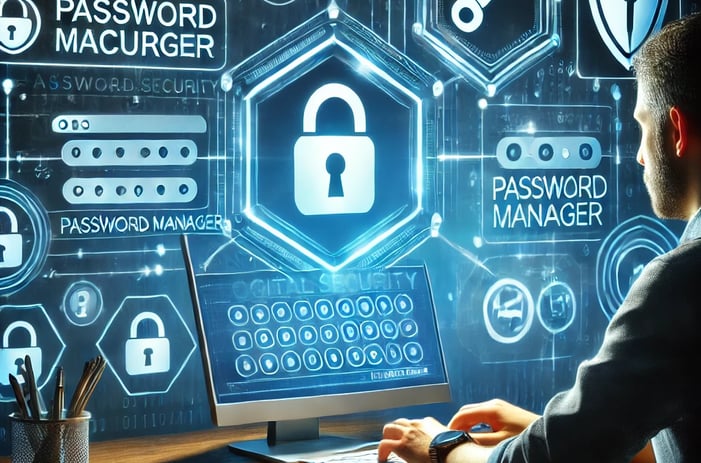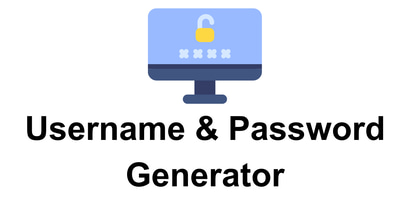How to Protect Yourself from Online Fraud and Strengthen Your Internet Security
Cybercriminals are becoming more sophisticated every day, targeting individuals and businesses alike. Learn how to recognize threats and protect yourself from online fraud with essential security practices.
2/23/20253 min read


The Growing Threat of Online Fraud and Cybercrime
In today's digital world, online fraud and cybercrime are at an all-time high. Hackers, scammers, and cybercriminals are constantly finding new ways to steal personal information, access bank accounts, and compromise sensitive data. Understanding how to protect yourself is the first step in ensuring your online safety.
1. Understanding Different Types of Online Fraud
Online fraud comes in various forms, each designed to trick users into revealing their personal or financial information. Some of the most common types include:
Phishing Attacks: Fake emails or websites that mimic legitimate companies to steal login credentials.
Identity Theft: Fraudsters use stolen personal information to open accounts, take out loans, or commit crimes.
Credit Card Fraud: Unauthorized transactions using stolen credit card details.
Social Engineering Scams: Scammers manipulate victims into divulging confidential information by pretending to be trusted individuals or institutions.
Ransomware Attacks: Malicious software locks your data and demands a ransom to restore access.
Fake E-commerce Websites: Fraudulent sites that collect payments but never deliver products
.
2. Essential Internet Security Practices to Stay Safe
Protecting yourself from fraud starts with practicing strong internet security habits. Here are some key steps to take:
Use Strong and Unique Passwords
One of the simplest yet most effective ways to safeguard your online accounts is by using strong, unique passwords. A secure password should:
✅ Be at least 12-16 characters long
✅ Include a mix of uppercase and lowercase letters, numbers, and symbols
✅ Avoid common words or easily guessable information
To make this process easier, use a password generator like UsernamePasswordGenerator.com to create and store secure passwords automatically.
Enable Two-Factor Authentication (2FA)
Two-factor authentication (2FA) adds an extra layer of security by requiring an additional verification step, such as a one-time code sent to your phone. This makes it significantly harder for hackers to access your accounts, even if they have your password.
Be Cautious with Emails and Links
Always verify emails before clicking on links or downloading attachments. If an email looks suspicious, check for signs of phishing, such as:
Unusual sender email addresses
Poor grammar and spelling errors
Urgent requests for personal information
If in doubt, visit the official website directly instead of clicking links in emails.
Secure Your Wi-Fi Network
An unsecured Wi-Fi network can be an easy entry point for hackers. To secure your network:
Change the default router password to a strong one
Use WPA3 or WPA2 encryption
Disable remote access and WPS (Wi-Fi Protected Setup)
Regularly update your router's firmware
Keep Your Software and Devices Updated
Cybercriminals exploit outdated software vulnerabilities to gain access to systems. Ensure that you:
Update your operating system regularly
Install security patches for software and apps
Use a reputable antivirus program
Enable automatic updates whenever possible
3. How to Recognize and Avoid Online Scams
Online scams are constantly evolving, making it essential to stay informed about common fraud tactics. Here are a few red flags to watch out for:
🚩 Too-Good-To-Be-True Offers – If a deal seems unbelievably good, it’s likely a scam.
🚩 Unsolicited Messages – Be cautious of unexpected calls, emails, or messages asking for sensitive information.
🚩 Requests for Payment via Gift Cards or Cryptocurrency – Scammers often ask for payments through methods that are hard to trace or reverse.
🚩 Pressure Tactics – Fraudsters create urgency to trick victims into acting quickly without verifying details.
If you encounter a suspicious request, stop and verify before taking action.
4. Best Practices for Online Shopping Safety
Online shopping is convenient, but it also exposes you to potential fraud. Follow these steps to shop safely:
Only purchase from well-known and reputable websites.
Look for HTTPS and a padlock symbol in the address bar.
Use credit cards or secure payment methods instead of debit cards.
Avoid saving payment details on websites.
Monitor your bank statements regularly for unauthorized transactions.
5. The Importance of Using a Password Manager
With multiple online accounts, remembering strong passwords can be difficult. A password manager helps by:
Generating and storing complex passwords securely.
Autofilling login credentials for trusted websites.
Reducing the risk of using weak or duplicate passwords.
Final Thoughts: Stay Vigilant and Proactive
Cybercrime is an ever-growing threat, but by taking proactive measures, you can significantly reduce your risk of falling victim to online fraud. Implementing strong passwords, enabling 2FA, staying cautious of scams, and keeping software updated are all critical steps toward online security.
Stay informed, stay cautious, and always prioritize your digital safety.
A modern digital illustration of a person protecting their online accounts.
All rights reserved. @ usernamepasswordgenerator.com
